
Moravians are followers of Jesus who are often characterized by simplicity, humility, and generosity. While the name “Moravian” refers to a geographical region and ethnic group that was significant in the church’s history, the official name of the church is the Unitas Fratrum, a Latin phrase meaning “United Brethren.” (Today, we might use more gender-inclusive language like “United Siblings.”)
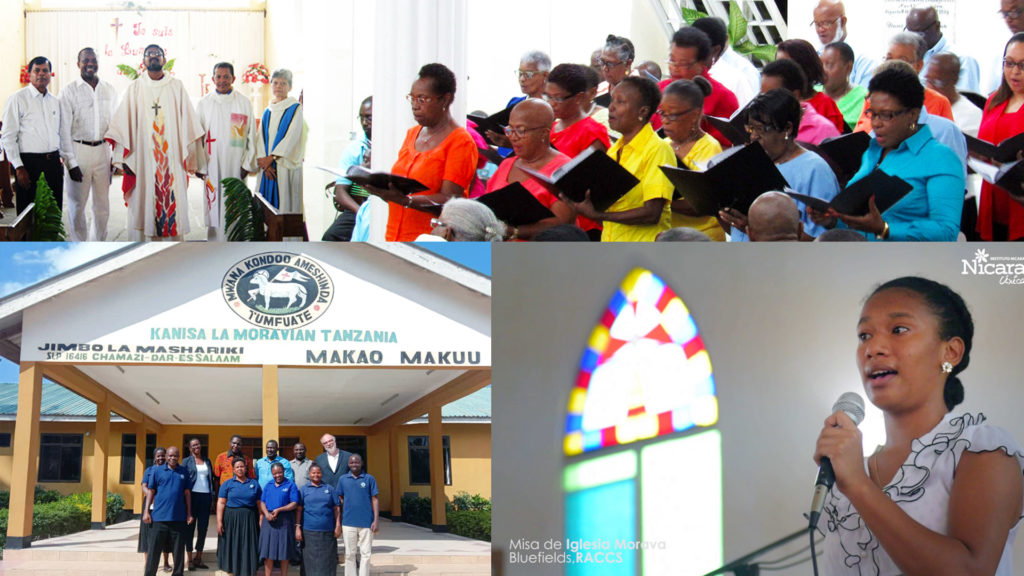
The Unitas Fratrum is a global church with dozens of regional provinces and thousands of member congregations. There are over 1.1 Million Moravians world-wide, with most being found in places like Africa, Central America, and the Caribbean. This small but mighty denomination has a bold history and proud legacy.
 Some Highlights of Moravian History
Some Highlights of Moravian History
A Martyr for the People
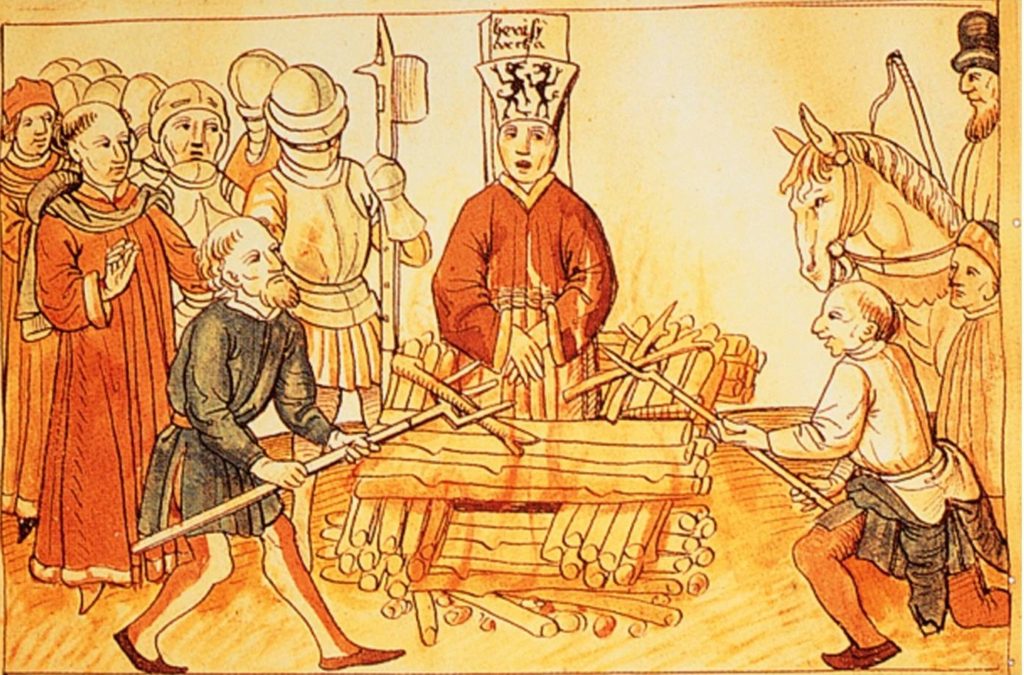
The origin of the Moravian church dates back to the late 14th–early 15th century when a priest in the city of Prague named Jan “The Goose” Hus (or John Huss) boldly preached in opposition to the corruption and gatekeeping of the church in his day. Influenced by the reformer John Wycliffe, Hus advocated for worship and the scriptures to be accessible to common people in their language, not just trained clergy, and denounced the opulent wealth and abuses of the church hierarchy. Hus preached in Czech, the common language of those who would come to hear him teach at Bethlehem Chapel and gained much notoriety, with even royalty and rulers coming to hear him preach. As is often the case, Hus’s popularity and calls for reform put him at odds with church authorities. On July 6th, 1415, during the Council of Constance, Hus was accused of the same heresies as Wycliffe and executed by being burned alive along with his books.
A Church Arose From the Ashes
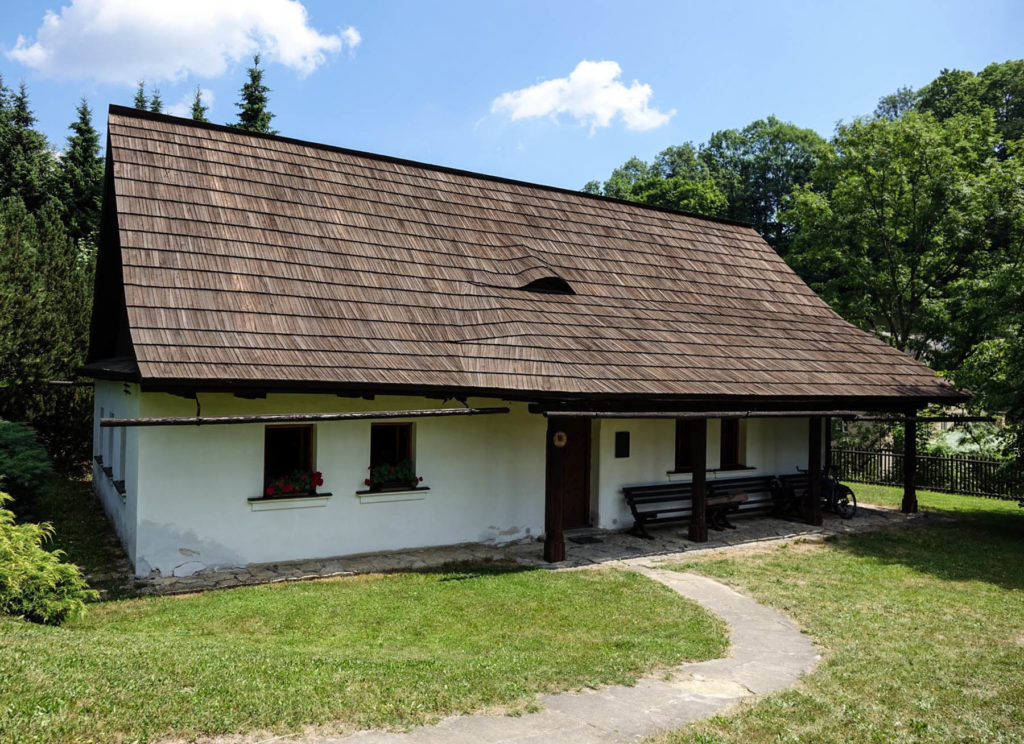
The reformation spirit of Hus remained alive among those to whom he preached and they revolted against the status quo. On March 1st, 1457, in the small village of Kunvald, about 100 miles East of Prague, in Eastern Bohemia, a small group of “Hussites” formed a new church they called the Unitas Fratrum, or United Brethren. The founder is known as Gregory the Patriarch, and was the nephew of the Bohemian Archbishop. This new church was influenced by the teachings of Peter Chelchicky about returning to the New Testament model, following the teachings of Jesus in the Sermon on the Mount, including nonviolence. Founded 60 years before Martin Luther nailed his famous “95 Theses” to the door of All Saints Church in Wittenberg and 100 years before the establishment of the Anglican Church, this makes the Unitas Fratrum the first Protestant denomination and the first ‘Peace Church’ (a church that advocates nonviolence). Also, the Unitas Fratrum was decidedly not a state church, which makes it the first Voluntary or “Free” Church.
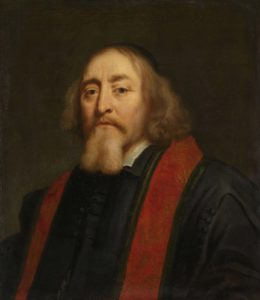
The United Brethren grew and began to flourish. By the time Martin Luther’s reformation movement was beginning in Germany, there were already over 200,000 members of the Unitas Fratrum in over 400 parishes. The United Brethren had developed their own catechism, published the Bible in the common language, and created the first Protestant hymnal for congregational singing. But during the horrific “Thirty Years War,” that engulfed nearly all of Europe, the Unitas Fratrum was deemed an illegal church, driven underground, and persecuted. Nevertheless, it continued to create inspiring leaders with innovative ideas. John Amos Comenius was a bishop of the Unitas Fratrum and a pioneer in the field of education. He was the first to publish textbooks with illustrations and advocated for public education as a human right for all people. He’s widely considered the “Father of Modern Education,” yet he died in exile in Holland, dreaming that his beloved church—the “hidden seed”—would not go extinct but would one day bloom with new life.
Refugees and the Rich Young Ruler Who Said “Yes”

The Moravian church wouldn’t exist today were it not for the immigration of refugees. As Comenius hoped, his church did not go extinct. Instead, a group of Brethren, led by a man named Christian David, fled religious persecution and sought political asylum on the estate of a Pietist nobleman named Count Nicholas von Zinzendorf in Saxony (modern-day Germany). Rather than saying, “Not in my back yard,” Zinzendorf welcomed his siblings in Christ even though they weren’t Lutheran like him.
In 1722, those Moravian refugees founded the village of Herrnhut (“the Lord’s Watch”), and other groups of Christian refugees were drawn there such as Schwenkfelders, Separatists, and Reformed. Over the next few years, conflict between the different groups of Christians living at Herrnhut threatened to divide the village. But Zinzendorf served a pastoral role in uniting the groups in what he called a “Brotherly Agreement,” a covenant of living in unity they made with one another before God.
“Moravian Pentecost”
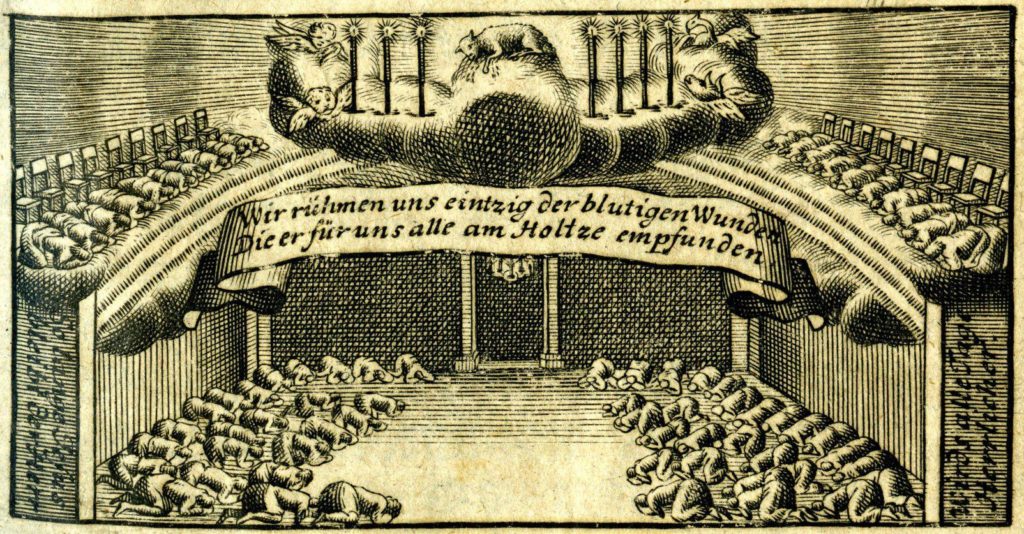
Then, on August 13th, 1727, at a baptism and communion service, siblings in Christ from all the different groups living in Herrnhut began repenting of the ways they had harmed one another and forgiving one another for the ways they’d been hurt. This profound time of repentance made space for an outpouring of the Holy Spirit that dissolved all division and united everyone in one accord. This was when Moravians shared the first Lovefeast, a simple meal that represents equality and unity.
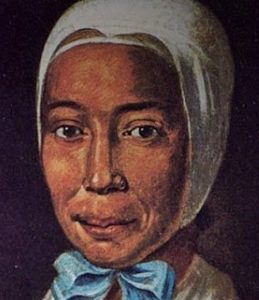
After that, this renewed community adopted the identity of the Moravians as their own and were transformed into a movement of the Holy Spirit. A “Prayer Watch” was founded, of around-the-clock prayer, that lasted over 100 years. And the community at Herrnhut began to sense God calling missionaries to spread the Good News about Jesus to the farthest corners of the world. Within the next 25 years, over 100 Moravian missionaries would be sent out from Herrnhut—more than had been sent by all Protestants in the previous 200 years.
Moravians in America

Moravians were among the first Christian groups to share the Good News of Jesus with Native Americans in the European colonies that later became the United States. In some areas, such as Ohio, Moravians developed cooperative settlements where Europeans and Native Americans lived together. Moravians are said to have been more successful than other groups due to their “uncommon efforts to learn Indigenous languages and respect for other cultures.” (Encyclopedia of Greater Philadelphia)

Two of the settlements founded by Moravians that remain today as thriving cities are Bethlehem, Pennsylvania and Winston-Salem, North Carolina. Long before the American Civil War, these two cities became the hubs of the Northern and Southern Provinces of the Moravian Church. In the Northern Province, Bethlehem is home to Moravian University and Seminary (6th oldest college in America) and the Moravian Book Shop, which is the oldest bookstore in America and the oldest continuously operating bookstore in the world! In the Southern Province, Winston-Salem is home to Salem College and Salem Academy, the oldest educational institution for girls and women in the United States, founded in 1772 (four years before the Declaration of Independence was signed!) Winston-Salem is also home to St. Philips Moravian Church, the oldest African American church in the state of North Carolina, founded in 1861.
John Wesley and Dietrich Bonhoeffer
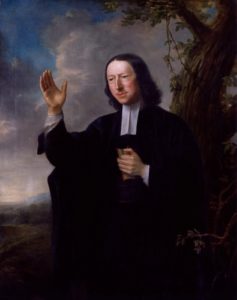
For a church of its relative small size, Moravians have had an outsized influenced on other Christian churches, from the Swedish Christians who formed the Evangelical Covenant Church in America to John Wesley, founder of the Methodist Church. On a voyage to the colony of Georgia, John Wesley encountered a group of Moravians and their deep spirituality left a lasting impression on him. On May 24th, 1735, back in London, Wesley attended the Moravian meeting of the Fetter Lane Society, led by Peter Boehler, that gathered on Aldersgate Street. In that meeting Wesley reports later that his heart was “strangely warmed.” This experience was the catalyst for Wesley’s evangelistic mission that eventually would grow into the Methodist church. To this day, Methodists commemorate “Aldersgate Day” on May 24th.

Another figure who, like Wesley, was deeply influenced by Moravian spirituality is Dietrich Bonhoeffer, the German pastor, theologian, and martyr for resisting Nazism. His mother spent months at Herrnhut in her youth and adopted Moravian ideals which she inculcated into him. Bonhoeffer also had a cherished governess as a child named Maria Horn who was a Moravian and shared her values with him. This explains why the Moravian Daily Text was so important to him. He not only read it as a devotional, he meditated upon the Daily Text and gleaned divine guidance from it. He wrote about this often in letters and papers from prison, which were later compiled into a published work.
Moravian Distinctives

Jesus-centered
Moravians not only worship Jesus, we also follow Jesus’s teachings and example. In fact, Jesus is the Chief Elder of our church. In all matters of faith, we look to Jesus and his teachings first. And in biblical interpretation, Jesus is our hermeneutical key. The Jesus-centered Pietism of the Moravian church has influenced the global Christian church for centuries.

Unity
Moravians believe that Christians should be united as Jesus prayed (cf. John 17). That’s why Moravians were founding members of both the World Council of Churches (a fellowship of 352 churches from more than 120 countries, representing over 580 million Christians worldwide) and the National Council of Churches in the United States, which is a diverse covenant community of 37 member communions and over 30 million individuals. The Moravian Church, Northern Province is also in Full Communion with the United Methodist Church, the Episcopal Church, the Presbyterian Church (U.S.A.), and the Evangelical Lutheran Church of America.

Prayer
The Moravian Daily Text was first published in 1731 by Zinzendorf, but continues to be a widely used prayer devotional to this day. It’s been translated into 62 languages! To this day, Moravians around the world continue the tradition of around-the-clock prayer by participating in the Unity Prayer Watch.
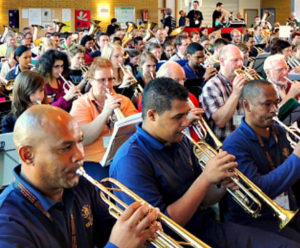
Music
Moravians created the first Protestant hymnal, published in Bohemia in 1532. Zinzendorf encouraged congregational singing at Herrnhut and published hundreds of hymns. Organ-playing and brass bands are a staple in many Moravian congregations, and West Indian Moravian congregations are known to feature steel drum bands. The musical heritage of the Moravians is a living tradition that is still evolving.
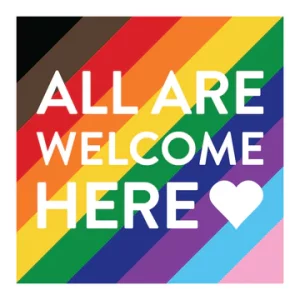 Inclusiveness
Inclusiveness
Due to Moravians’ commitment to “unity in essentials, liberty in non-essentials, love in all things,” there is room for diversity of identity and thought. Furthermore, Moravians strongly believe in protecting minority rights. So, non-discrimination is written into the Ground of the Unity. Therefore, Moravians are known for their expansive welcome of all people.

